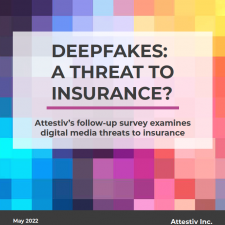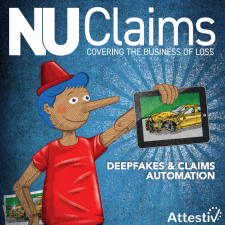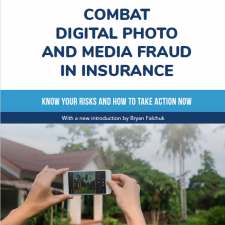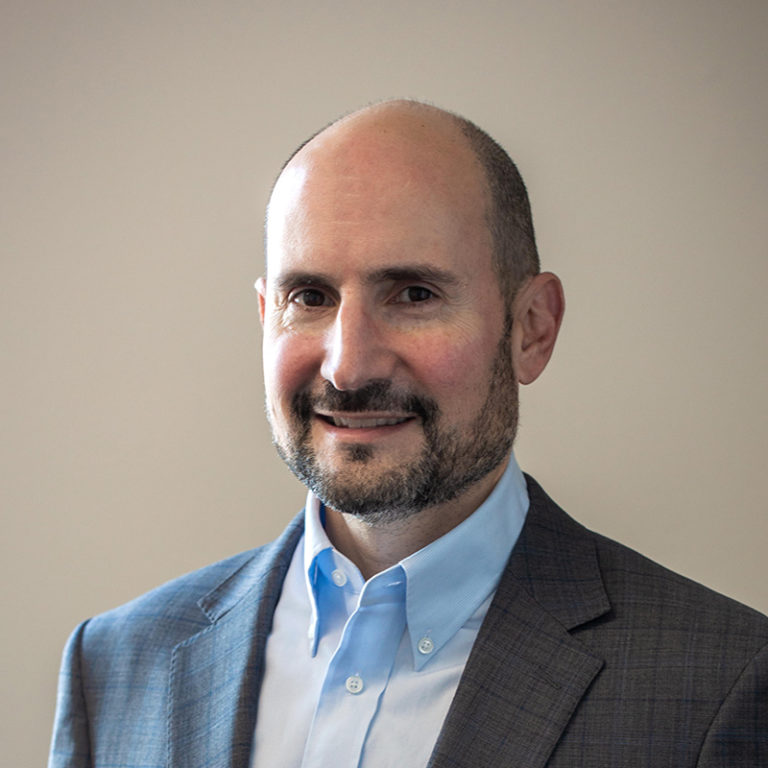In our ebook “Combatting digital photo and media fraud in insurance“, we discuss emerging threats, risks, prevention but we begin by discussing the applicability of photos to insurance.
Insurance
The first verifiable example of “insurance” was in the Code of Hammurabi in 1750 BC. The Hammurabi Code of Laws was a collection of 282 rules, established standards for commercial interactions, and set fines and punishments to meet the requirements of justice.
Fast forward to today, and insurance has been embraced worldwide as a way to guard against financial loss. Obtaining a property insurance policy has become a relatively easy process, under ordinary circumstances.
Applicability of Photos to Insurance
Historically, an inspection of physical properties and surrounding environments has been a part of the insurance process. These inspections were on-location inspections by an underwriter or their agent. Generally, a written record of the inspection was created and maintained in order to be used in the event of a loss. Starting in the 1800s, photographs were used to record the results of these inspections.

While “evidence” of an insurance inspection or loss often does not usually rise to the level required by current or former legal statutes, it is customary to include photographic evidence as part of insurance claims. As claims may come into dispute and make their way to a court of law, the photos may indeed be subject to “authenticity” requirements.
Until the advent of digital photography and its widespread use in insurance, there was possible, albeit limited concern of photos being altered for fraudulent purposes. Today, with numerous options available to edit digital photos and videos, some with artificial intelligence (AI) capabilities and many tools readily accessible by the public, the issue of photo and media authenticity for insurance purposes has risen to a new level of importance.
To keep reading about the use of photos in insurance and much more, get the ebook on combatting digital photo and media fraud in insurance.







